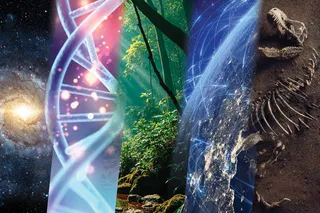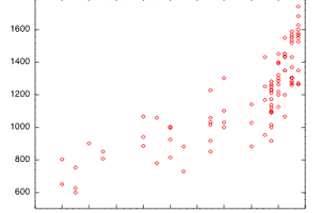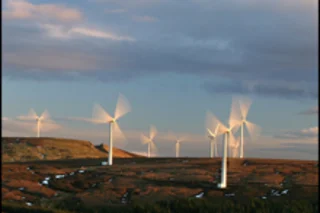The 21st century is all about conserving energy. The push towards energy-efficient buildings, vehicles and lifestyles is both fashionable and necessary, but it’s also ironic. Our pattern of ever-increasing energy consumption is deeply rooted in our history, not just since the Industrial Revolution, but since the origin of all complex life on Earth.
According to a new hypothesis, put forward by Nick Lane and Bill Martin, we are all natural-born gas-guzzlers. Our very existence, and that of every animal, plant and fungus, depended on an ancient partnership, forged a few billion years ago, which gave our ancestors access to unparalleled supplies of energy and allowed them to escape from the shackles of simplicity.
To Lane and Martin, energy supply is the key factor that separates the two major types of cells on the planet. The first group – the simple prokaryotes, such as bacteria and archaea – are small, consist ...







